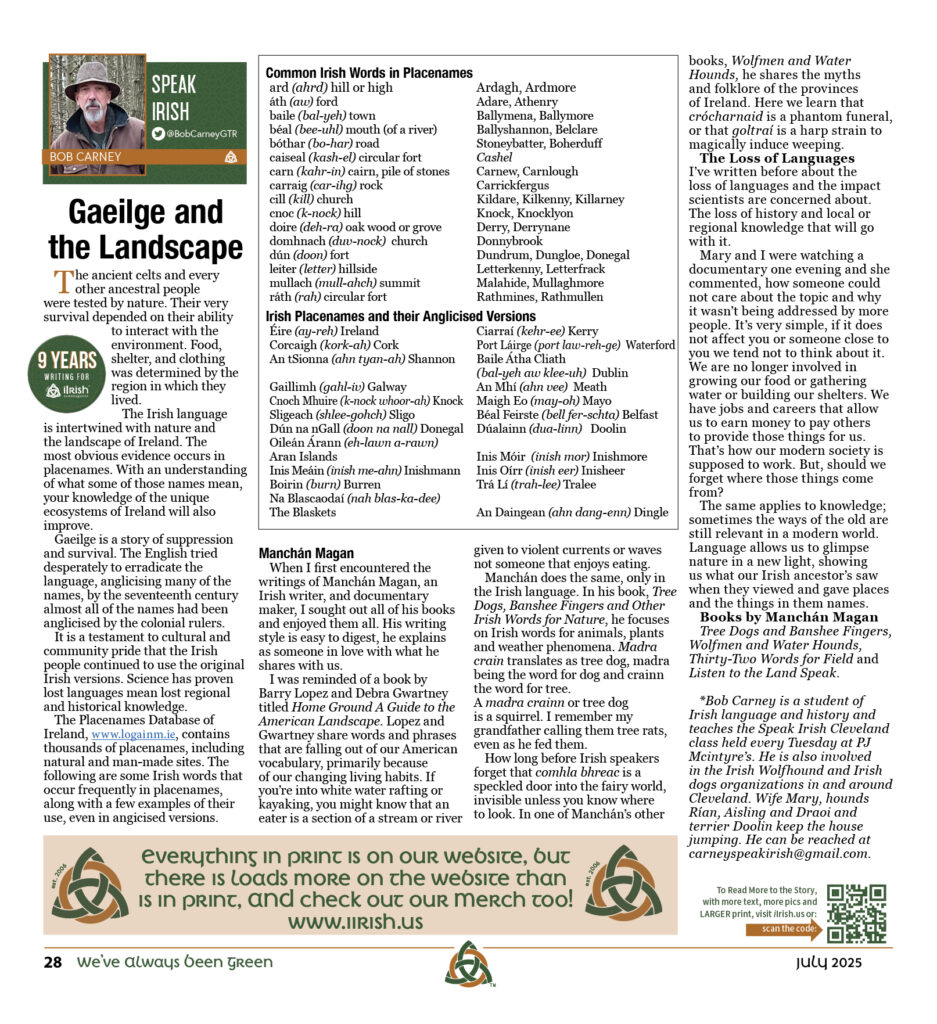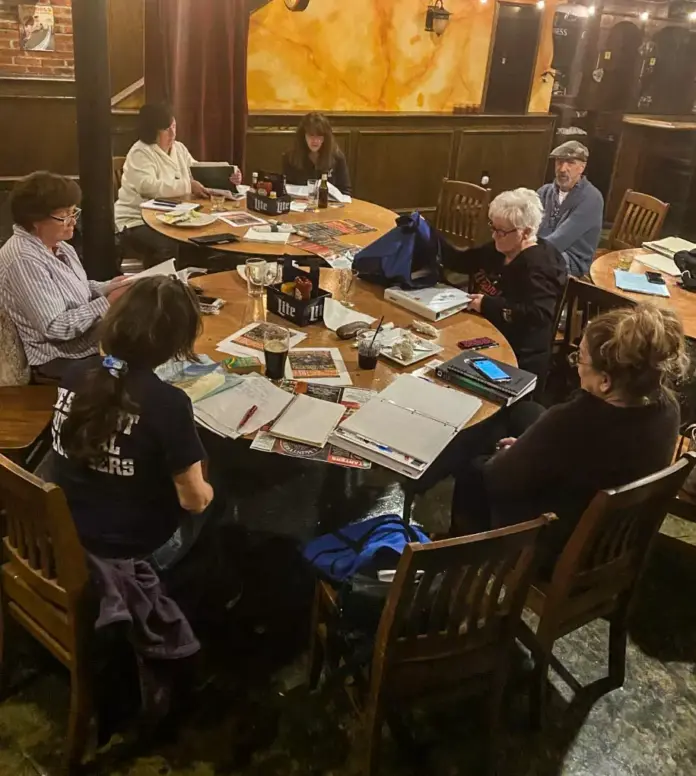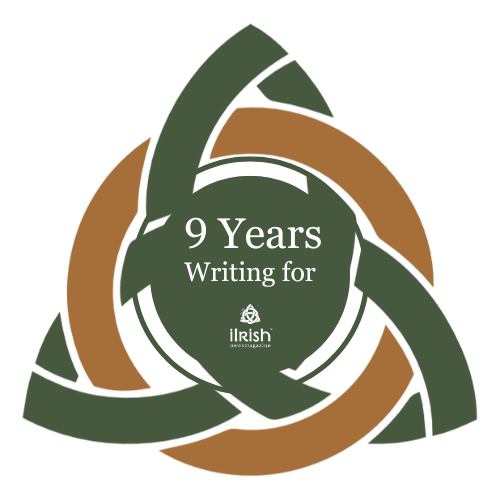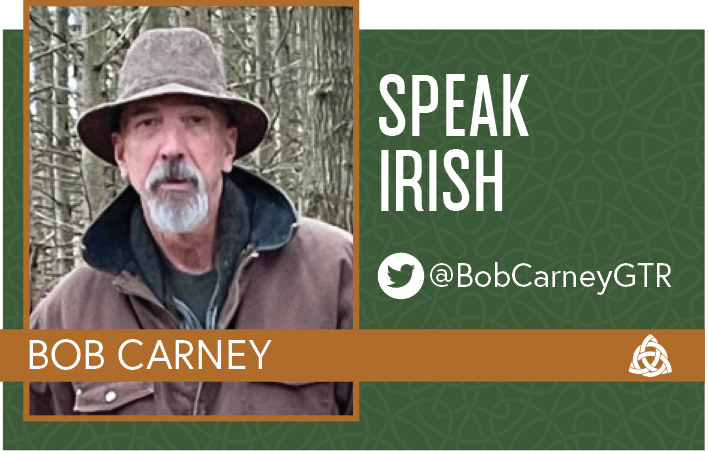
The ancient celts and every other ancestral people were tested by nature. Their very survival depended on their ability to interact with the environment. Food, shelter, and clothing was determined by the region in which they lived.
The Irish language is intertwined with nature and the landscape of Ireland. The most obvious evidence occurs in placenames. With an understanding of what some of those names mean, your knowledge of the unique ecosystems of Ireland will also improve.
Gaeilge is a story of suppression and survival. The English tried desperately to erradicate the language, anglicising many of the names, by the seventeenth century almost all of the names had been anglicised by the colonial rulers.
It is a testament to cultural and community pride that the Irish people continued to use the original Irish versions. Science has proven lost languages mean lost regional and historical knowledge.
The Placenames Database of Ireland, www.logainm.ie, contains thousands of placenames, including natural and man-made sites. The following are some Irish words that occur frequently in placenames, along with a few examples of their use, even in anglicised versions.
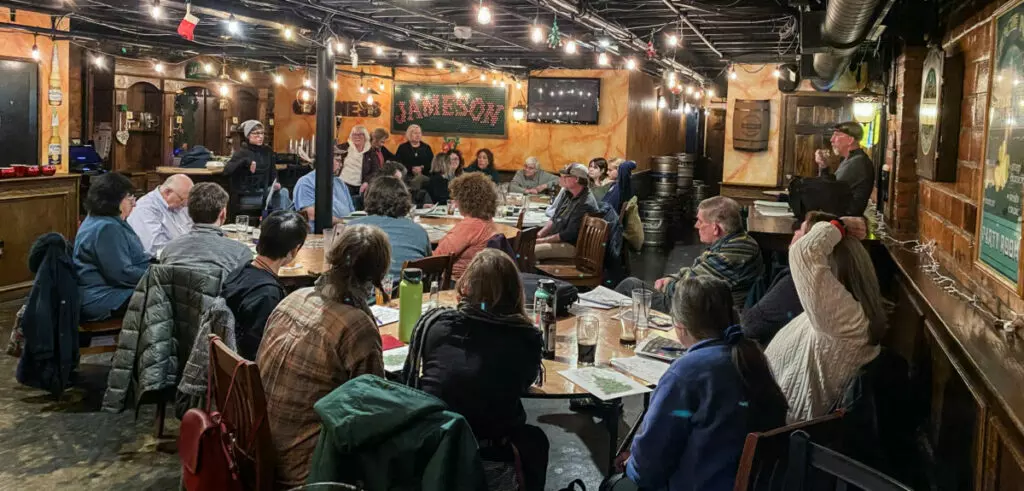
Common Irish Words in Placenames
ard (ahrd) hill or high Ardagh, Ardmore
áth (aw) ford Adare, Athenry
baile (bal-yeh) town Ballymena, Ballymore
béal (bee-uhl) mouth (of a river) Ballyshannon, Belclare
bóthar (bo-har) road Stoneybatter, Boherduff
caiseal (kash-el) circular fort Cashel
carn (kahr-in) cairn, pile of stones Carnew, Carnlough
carraig (car-ihg) rock Carrickfergus
cill (kill) church Kildare, Kilkenny, Killarney
cnoc (k-nock) hill Knock, Knocklyon
doire (deh-ra) oak wood or grove Derry, Derrynane
domhnach (duv-nock) church Donnybrook
dún (doon) fort Dundrum, Dungloe, Donegal
leiter (letter) hillside Letterkenny, Letterfrack
mullach (mull-ahch) summit Malahide, Mullaghmore
ráth (rah) circular fort Rathmines, Rathmullen
Irish Placenames and Their Anglicised Versions
Éire (ay-reh) Ireland Ciarraí (kehr-ee) Kerry
Corcaigh (kork-ah) Cork Port Láirge (port law-reh-ge) Waterford
An tSionna (ahn tyan-ah) Shannon Baile Átha Cliath (bal-yeh aw klee-uh) Dublin
Gaillimh (gahl-iv) Galway An Mhí (ahn vee) Meath
Cnoch Mhuire (k-nock whoor-ah) Knock Maigh Eo (may-oh) Mayo
Sligeach (shlee-gohch) Sligo Béal Feirste (bell fer-schta) Belfast
Dún na nGall (doon na nall) Donegal Dúalainn (dua-linn) Doolin
Oileán Árann (eh-lawn a-rawn) Aran Islands Inis Móir (inish mor) Inishmore
Inis Meáin (inish me-ahn) Inishmann Inis Oírr (inish eer) Inisheer
Boirin (burn) Burren Trá Lí (trah-lee) Tralee
Na Blascaodaí (nah blas-ka-dee) The Blaskets An Daingean (ahn dang-enn) Dingle
Manchán Magan
When I first encountered the writings of Manchán Magan, an Irish writer, and documentary maker, I sought out all of his books and enjoyed them all. His writing style is easy to digest, he explains as someone in love with what he shares with us.
I was reminded of a book by Barry Lopez and Debra Gwartney titled Home Ground A Guide to the American Landscape. Lopez and Gwartney share words and phrases that are falling out of our American vocabulary, primarily because of our changing living habits. If you’re into white water rafting or kayaking, you might know that an eater is a section of a stream or river given to violent currents or waves not someone that enjoys eating.
Manchán does the same, only in the Irish language. In his book, Tree Dogs, Banshee Fingers and Other Irish Words for Nature, he focuses on Irish words for animals, plants and weather phenomena. Madra crain translates as tree dog, madra being the word for dog and crainn the word for tree.
A madra crainn or tree dog is a squirrel. I remember my grandfather calling them tree rats, even as he fed them.
How long before Irish speakers forget that comhla bhreac is a speckled door into the fairy world, invisible unless you know where to look. In one of Manchán’s other books, Wolfmen and Water Hounds, he shares the myths and folklore of the provinces of Ireland. Here we learn that crócharnaid is a phantom funeral, or that goltraí is a harp strain to magically induce weeping.
The Loss of Languages
I’ve written before about the loss of languages and the impact scientists are concerned about. The loss of history and local or regional knowledge that will go with it.
Mary and I were watching a documentary one evening and she commented, how someone could not care about the topic and why it wasn’t being addressed by more people. It’s very simple, if it does not affect you or someone close to you we tend not to think about it.
We are no longer involved in growing our food or gathering water or building our shelters. We have jobs and careers that allow us to earn money to pay others to provide those things for us. That’s how our modern society is supposed to work. But, should we forget where those things come from? The same applies to knowledge; sometimes the ways of the old are still relevant in a modern world. Language allows us to glimpse nature in a new light, showing us what our Irish ancestor’s saw when they viewed and gave places and the things in them names.
Books by Manchán Magan
Tree Dogs and Banshee Fingers, Wolfmen and Water Hounds, Thirty-Two Words for Field and Listen to the Land Speak.
